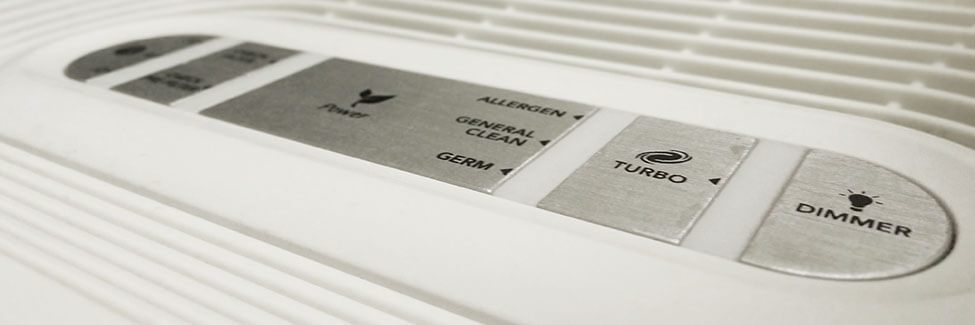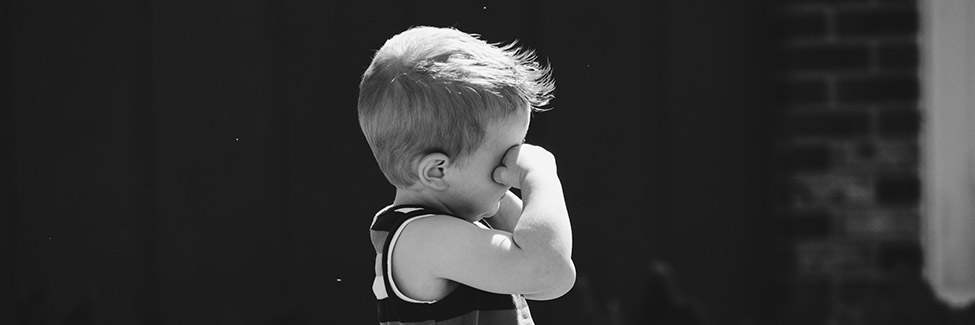
How to Clean Your Air Purifier
Excellent air quality is essential for living a healthy life, especially since most people spend the vast majority of their time indoors.
In the natural world, air circulates regularly as winds and changing atmospheric pressure cause air to circulate quickly. Indoor environments, on the other hand, need air to be artificially filtered to counter dust and other pathogens that can build up in a closed interior space.
Although most air purifier filters are remarkably effective for capturing the particles in the air, they can quickly fill up with captured air particles that can impact their ability to perform. Thankfully, most air purifier manufacturers make cleaning filters simple, so owners of a clean air purifier who take the time to learn how to clean their purifiers properly can enjoy high-quality air for years to come.
How to Clean Ionic Air Purifiers
Ionic air purifiers are designed to be very easy to clean. Ionic air purifiers work by generating static electricity that grabs particles as they pass through. Consequently, ionic air purifiers have wide openings in their filters that make them relatively straightforward to clean.
Although ionic air purifiers can be cleaned easily, they require cleaning on shorter intervals to ensure that they continue to function properly. Pollutants will gradually collect on the metal plates that are used in ionic filters, and these will gradually reduce performance over time.
The filters in ionic purifiers are designed to be removed by simply sliding them out. You can then wash your filter in a sink or bathtub to remove any accumulated debris. Once your filter is dry, you can slide it back into your purifier to resume cleaning the air in your home at full capacity.
Cleaning Conventional Air Filters
Air purifiers that rely on conventional filters are more difficult to clean when compared to ionic purifiers. The first action you will want to take with a conventional air purifier is to locate the pre-filter and HEPA filter inside of your device. Most products clearly label the opening that enables you to access the filters that are inside.
In many cases, dust will accumulate on the intake grill of your purifier. Before starting, you should clean the exterior of your purifier to remove dust or other debris that are found along the path leading to the filter. Additionally, attempt to remove the intake grill so that you can wash it on all sides using soap and water.
Start With the Pre-Filter
To maximize the useful life of a purifier’s filter, most devices will use a pre-filter that is designed to catch large particles before they reach the HEPA filter. Thankfully, the pre-filter is easy to clean since it does not use fine meshes or sensitive materials to filter air that passes through.
You can safely clean your pre-filter by simply removing it and washing it with soap and water. In many cases, you will not even need to use soap when cleaning your filter since you can simply scrape off accumulated debris. However, if there is visible dirt that has accumulated on your pre-filter that does not come off by wiping it away, you can optionally use a damp cloth to give your filter a deeper clean.
When You Can Clean Your HEPA Filter
The most important task that you will need to complete to have a clean air purifier is to clean the HEPA filter. Most modern air purifiers use HEPA filters, but other purifiers rely on activated carbon filters that are cleaned in the same way. Some purifiers have an indicator that tells you when your filter is ready for cleaning or replacement. In general, however, you should replace your filter about once every six months.
You should only clean your filter if it explicitly says that it is washable. Some filters are designed to be disposable, and they should only be replaced at the interval recommend by your purifier’s manufacturer. However, most filters are washable, and it can never hurt to keep any filter as clean as possible.
How to Clean Your Filter
Dirty filters are usually covered in contaminants, so you should use a plastic bag to quickly catch accumulated dust that comes off of your purifier. You should clean your filter outside or in a room where air quality is less important, such as in a basement or a garage. High-pressure air can be used to completely remove most dust, but be careful not to damage your filter. Most filters can also be cleaned with soap and water when they are labeled for water-based cleaning.
Looking for recommendations on buying air purifiers? Read our guide: The 4 Best Air Purifiers.
Still have questions? Ask an HVAC expert directly via chat or phone.
Published on 2020-03-05 by Ben Travis
Last updated on 2020-03-05


